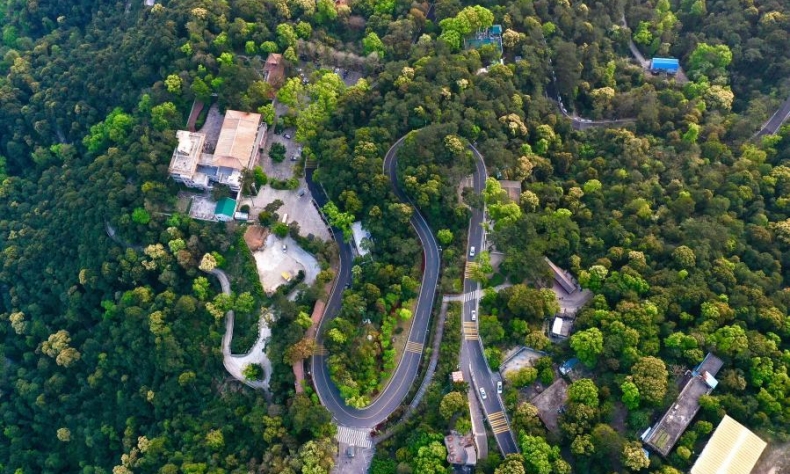Striving for a Green Future

From rolling out green vehicles with zero emissions to efforts for breakthroughs in green and low-carbon technologies and accelerating the promotion of applications to banish emissions are some of the measures being fast-tracked for implementation.
Green development for China is not just a challenge, but also an opportunity. At another level, it is not an option but a mission that will not just transform China but the world economy and the global environment.
China’s national conditions demand sustainable development that is only possible by adhering to pro-environment policies. So, addressing the issue of climate change should not only be reflected in the policy but also in measures on the ground to achieve the sustainability objective.
The protection of the environment has been among China’s priorities for many years. For example, during the 11th Five-Year Plan (2006-2010), it aimed to increase consumption of renewable energy, and total investment in treating environmental pollution increased 15% annually and environmental investment had reached 1.33% of GDP by 2009.
The commitment to the green development expanded exponentially from 2012 and the Chinese government made sustained efforts to strive for a balanced and sustainable development.
During the UN General Assembly meeting last September, China pledged to ensure its carbon emissions would peak before 2030 and the country would achieve carbon neutrality by 2060. Various steps have been taken to speed up the implementation of green development with the objective to transform China into a leader of clean and environment-friendly development.
It has sought systematic changes to introduce a philosophy of development that is inherently environment friendly, termed as “ecological civilization.” This is rooted in a green lifestyle, green buildings, green finance and green development, enhancing a governance philosophy that works to build a green economy.
According to the recently-released Outline of the 14th Five-Year Plan and the Long-Range Objectives Through the Year 2035, China will have in place green production and lifestyle throughout all areas of society.
A marked policy change has been the decision to say goodbye to “end-of-pipe solution” that aims to curb pollutants at the point of entry into the environment, by replacing them with changes in the development model and development modes. It needs changes in structure of industry and energy consumption along with the system of transport, use of land and lifestyle.
On top of the agenda is to change the decades-long dependence on fossil fuels by replacing them with green and renewable sources of energy like solar, hydropower and wind.
China instituted a system in February for carbon emission trading so that the big power users exceeding the emission caps could buy emission quotas from those with lower output. Initially, power firms have been part of the project and more sectors will be included in future.
Technology can play a key role and China is already working on this. From rolling out green vehicles with zero emissions to efforts for breakthroughs in green and low-carbon technologies and accelerating the promotion of applications to banish emissions are some of the measures being fast-tracked for implementation.
The impact of policy and actions are already visible and the share of clean energy consumption in China has risen from 19.1% in 2016 to 24.3% in 2020, according to the National Bureau of Statistics.
The author is a columnist with China.org.cn.
 Facebook
Facebook
 Twitter
Twitter
 Linkedin
Linkedin
 Google +
Google +










